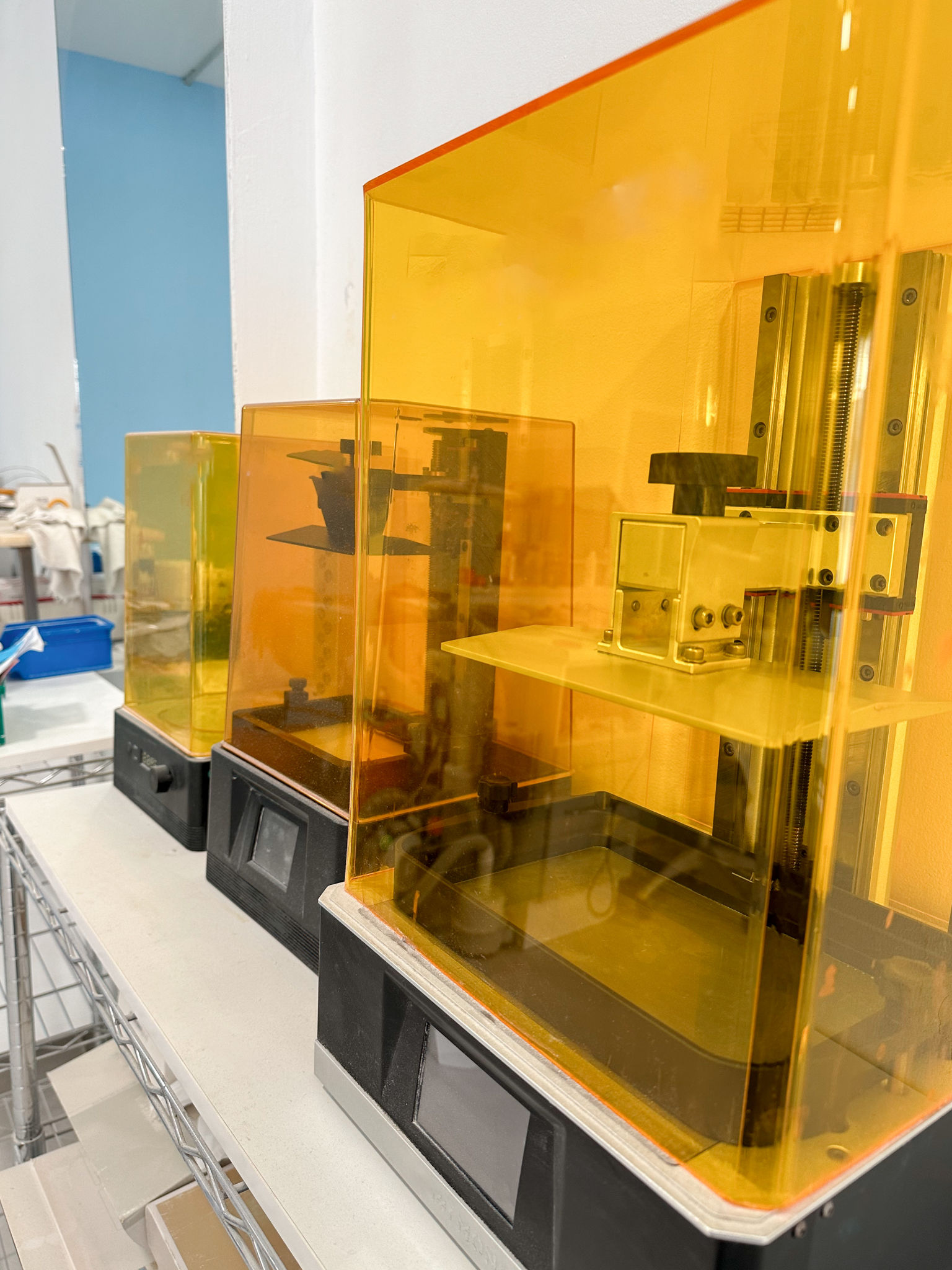Revolutionizing Dental Education: How 3D Printed Restorative Models Enhance Learning
Introduction to 3D Printing in Dental Education
The field of dental education is undergoing a significant transformation with the integration of 3D printing technology. This innovation is not just a technological advancement; it's a paradigm shift that enhances the learning experience for dental students. By using 3D printed restorative models, educators can provide a more hands-on and interactive approach to teaching restorative dentistry.
Traditional teaching methods often rely on textbooks and 2D images, which can limit a student's ability to fully grasp complex dental structures. However, 3D printed models offer a tangible, three-dimensional perspective that enhances understanding and retention of knowledge.

The Benefits of 3D Printed Models
One of the most significant advantages of using 3D printed restorative models in dental education is the ability to replicate intricate anatomical structures with precision. This allows students to practice and perfect their skills in a realistic setting before transitioning to patient care.
Moreover, these models provide students with the opportunity to understand the nuances of different dental procedures. From cavity preparations to crown placements, 3D models offer a comprehensive overview that is essential for mastering restorative techniques.

Enhancing Learning through Realistic Simulation
3D printed models simulate real-life scenarios, enabling students to apply theoretical knowledge in practical settings. This hands-on experience is invaluable for building confidence and competence in future dental professionals. Students can experiment with various materials and techniques, gaining insights that are crucial for their professional development.
The ability to repeatedly practice on these models without the risk of causing harm allows for a safe learning environment. This not only boosts confidence but also ensures that students are well-prepared when they begin working with actual patients.

Cost-Effectiveness and Accessibility
Another significant advantage of 3D printed restorative models is their cost-effectiveness. Traditional teaching methods that involve live patients or expensive simulators can be prohibitive. In contrast, 3D printing offers a more affordable solution, making quality education accessible to a broader range of students and institutions.
Additionally, the ability to produce these models on-demand ensures that educational resources can be tailored to specific curriculum needs, allowing for a more personalized learning experience.
The Future of Dental Education
The integration of 3D printing technology into dental education is only the beginning. As technology advances, the potential applications of 3D printing in dentistry will continue to expand. This opens up new avenues for research and development, ultimately leading to improved educational methodologies and patient outcomes.
In conclusion, the use of 3D printed restorative models represents a significant leap forward in dental education. By providing realistic, cost-effective, and accessible training tools, this technology is paving the way for a new generation of skilled dental professionals who are better equipped to meet the challenges of modern dentistry.
